The difference between Yega Snow Coffee G1 and G2 introduction to the characteristics and prices of Yega Xue Coffee beans
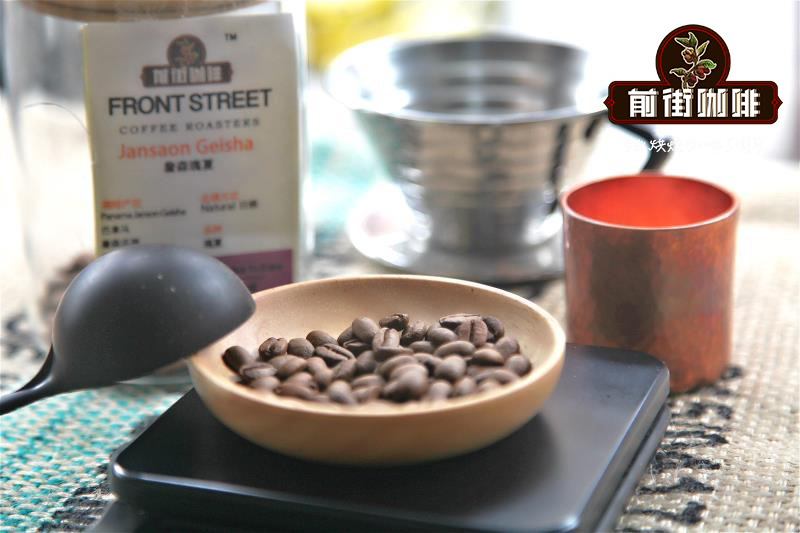
Professional coffee knowledge exchange More coffee bean information Please pay attention to coffee workshop (Weixin Official Accounts cafe_style)
If you took all the beans in Africa and turned them into a bunch of flowers, Yirgacheffe would be one of the most beautiful.
Ethiopia is the birthplace of Arabica coffee beans. Generally, pure Arabica coffee beans are grown at elevations of 4,000 to 6,000 feet, while Yirgacheffe grows at 6,900 feet (2,300 meters, the height of Mount Ali) in sparsely populated areas. Once the exclusive coffee of the Ethiopian royal family, today Yirgacheffe produces coffee beans that bring Ethiopia 67% of its foreign currency.
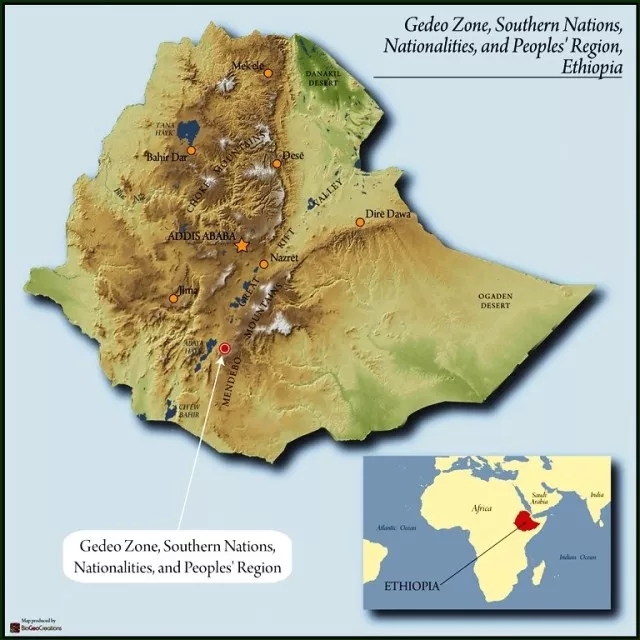
Yegasherfi is a small town, 1,700 - 2,100 meters above sea level, and is synonymous with Ethiopian fine beans. This is a wetland since ancient times. The old saying 'yirga' means 'settle down' and 'cheffe' means 'wetland', so' yirga cheffe 'means' let us settle down in this wetland'. Yejia coffee is located in the northwest of Sidama, with mountains and lakes. It is one of the coffee producing areas with the highest average altitude in the country.
Initially, the coffee trees of Yekaterinburg were planted by European monks (somewhat similar to Belgian monks planting wheat to brew beer), but later by farmers or cooperatives. Yerga Coffee is actually constructed by surrounding coffee communities or cooperatives, including Idido, Harfusa, Hama, Beloya near Misty Valley, all washed with water, but a small number of exclusive beans are deliberately sunburned to enhance the charming fruity flavor and body. these small mountain villages are foggy, spring all year round, cool but not hot in summer, rainy but not damp in winter, and free from cold, giving rise to their unique citrus and floral "regional flavor." Coffee trees are mostly planted in farmers 'backyards or mixed with other crops in the field. The yield per household is not much. It is a typical pastoral coffee. Yerga Coffee award-winning beans are almost from the coffee villages and communities mentioned above.
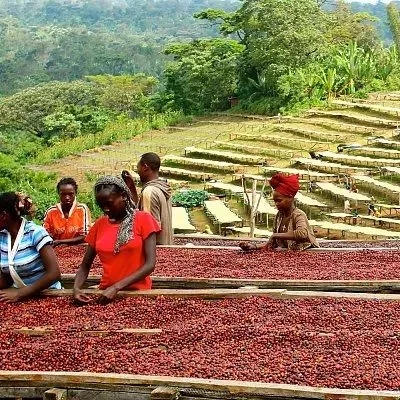
Ethiopia is a poor, drought-stricken and civil war-torn country, but it is still the most important coffee producer in terms of quality and yield. Ethiopian coffee can be divided into two main treatments: 1. Natural washing treatment 2. Natural sun treatment.
Today, in Ethiopia, every production area, cooperative or even small coffee farms will produce coffee beans with the above two treatments at the same time, whether it is the well-known Yerga Sherphine production area or Sidama Province production area in Taiwan, not only in Ethiopia, where coffee is currently the fastest growing, different production areas not only make coffee different in the treatment method, but also the same treatment method can be adjusted by different methods to make the aroma and taste different, often causing people to have illusions. The aroma of the beans is different from that of the beans made by Sitama, but they both retain the characteristics of the coffee beans made by water washing, mild and low aroma, soft and low-key citric acid, high consistency of flavor and taste, while the coffee beans made by sun drying, strong and conspicuous aroma, weak citric acid, complex and varied flavor.
In recent years, many newly emerging small producing areas or cooperatives in Ethiopia's Sidama and Yejia Sherphine producing areas will be sold in the international market under the name of their own cooperatives or farms. This indicates confidence in their own coffee production and hopes to establish brand and loyalty in the international coffee market. Coffee farmers insist on harvesting mature coffee beans and carefully handle every process, whether it is natural washing method or natural sun method. The unexpected aroma and excellent taste are what I think make Ethiopian coffee fans look forward to every year. For example, Operation Cherry Red, assisted by the Dutch government, impressed the world with the grand aroma of strawberry biscuits emitted by Kreit in 2008 and Campetto Estate in 2009, which was reinforced by the sun-baked beans produced in Ethiopia in recent years.
The coffee bean bag is marked as unwashed coffee, i.e. naturally sun-dried beans, grade G3 coffee beans produced by yega sherry
ECX specific grading and scoring criteria are as follows:
A. Scoring definition of washing treatment method
1. Physical characteristics account for 40%: number of defects (20%), appearance size (10%), color (5%), odor (5%)
2. 60% cup quality: cleanliness (15%), acidity (15%), taste (15%), flavor characteristics (15%)
B. Scoring definitions for solarization treatments
1. 40% physical characteristics: number of defects (30%), odor (10%)
2. 60% cup quality: cleanliness (15%), acidity (15%), taste (15%), flavor characteristics (15%)
C. Overall summary:
1. All coffees are classified according to treatment methods: sun, water;
2. According to physical characteristics and cup test basic quality score for G1-G9 9 9 grades;
3. G1-G3 were cup tested again according to SCAA standard, and their flavor attributes were evaluated more carefully. G1 and G2 with scores no less than 85 were evaluated as Q1 grade.
4. G1 ,G2 and G3 with a score between 80 and 85 are rated as Q2, and all G1,G2 and G3 with a score below 80 are rated as G3;
5. Q1 and Q2 are classified as Specialty Grade exports. G4 - G9 remain the same classification, with G3 classified as Commercial Grade exports.
Front Street Coffee uses Sidamo sun G1 and G3 to compare:
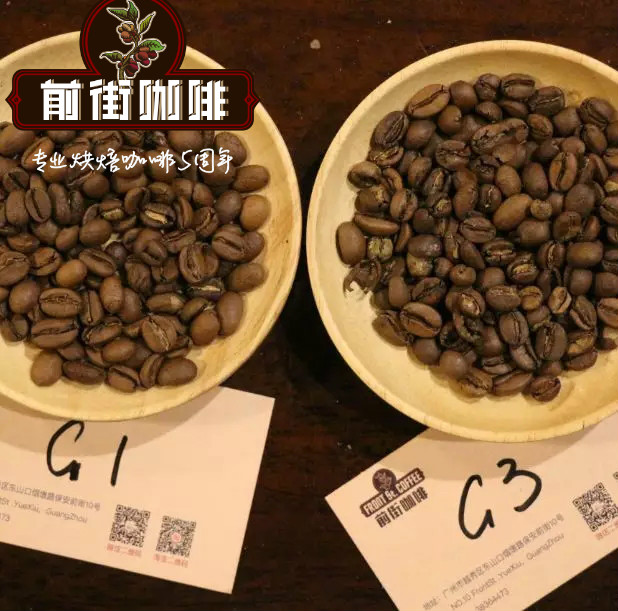
From the beans we can see that the overall beans of G1 are much better than those of G3. They look more uniform and have relatively few defective beans.
After cup test, we found that the sweet and sour properties of sun-cured Sidamo G1 and G3 were good, but G1 was clearer and brighter in flavor.
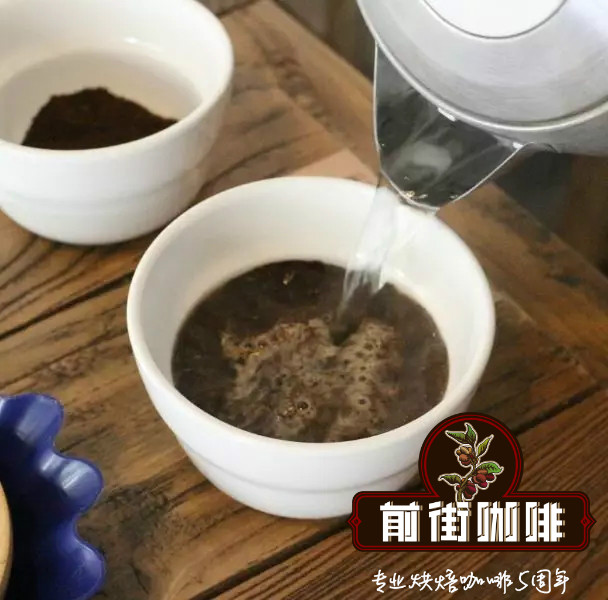
In fact, if it is not compared to drink, the difference between the two will not be too big, G1, G3 is mainly in the defect rate difference, from the appearance of beans will be more obvious, and G1 beans in the flavor will be less defective flavor.
Yerga Coffee Bean Brand Recommendation
Front Street Coffee Roasts washed yeja coffee beans-Kocher has full guarantees on brand and quality. More importantly, the cost performance is extremely high, a pack of half pounds 227 grams, the price is only about 75 yuan. According to the calculation of 15 powder per cup of coffee, a pack can make 15 cups of coffee, each cup only costs about 5 yuan, which is extremely cost-effective for the price of dozens of cups sold in cafes.
Qianjie Coffee: Guangzhou's baking shop, small store but a variety of beans, can find a variety of famous beans, but also provide online store services. https://shop104210103.taobao.com
Important Notice :
前街咖啡 FrontStreet Coffee has moved to new addredd:
FrontStreet Coffee Address: 315,Donghua East Road,GuangZhou
Tel:020 38364473
- Prev
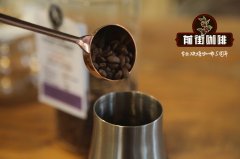
How much is Yejaschuffe? the reason why Yejaschuffe is charming? introduction to the flavor characteristics of Yejaschuffe
Professional coffee knowledge exchange more coffee bean information please follow the coffee workshop (Wechat official account cafe_style) last time introduced the first boutique coffee beans ─ from Ethiopia, I wonder if you have gone to the boutique coffee shop to experience his elegant demeanour? As for the delicious taste of Yejia Coffee Coffee and beans, when drinking
- Next
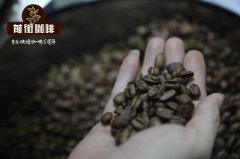
Experience in baking skills of Yega Snow Coffee share the reason why Yega Chet Coffee smells bad _ Yega Chet Coffee Price
Professional coffee knowledge exchange more coffee bean information please follow the coffee workshop (Wechat official account cafe_style) Ethiopia-Yega snow coffee beans (sun) Ariga G1 roasting record (1) 190 degrees into beans. Reverse 34 degrees, controlled at 0800 degrees, temperature is 157degrees; fire to 230degrees, temperature drop to 190,1100,201 degrees at 1230 hours
Related
- Detailed explanation of Jadeite planting Land in Panamanian Jadeite Manor introduction to the grading system of Jadeite competitive bidding, Red bid, Green bid and Rose Summer
- Story of Coffee planting in Brenka region of Costa Rica Stonehenge Manor anaerobic heavy honey treatment of flavor mouth
- What's on the barrel of Blue Mountain Coffee beans?
- Can American coffee also pull flowers? How to use hot American style to pull out a good-looking pattern?
- Can you make a cold extract with coffee beans? What is the right proportion for cold-extracted coffee formula?
- Indonesian PWN Gold Mandrine Coffee Origin Features Flavor How to Chong? Mandolin coffee is American.
- A brief introduction to the flavor characteristics of Brazilian yellow bourbon coffee beans
- What is the effect of different water quality on the flavor of cold-extracted coffee? What kind of water is best for brewing coffee?
- Why do you think of Rose Summer whenever you mention Panamanian coffee?
- Introduction to the characteristics of authentic blue mountain coffee bean producing areas? What is the CIB Coffee Authority in Jamaica?

